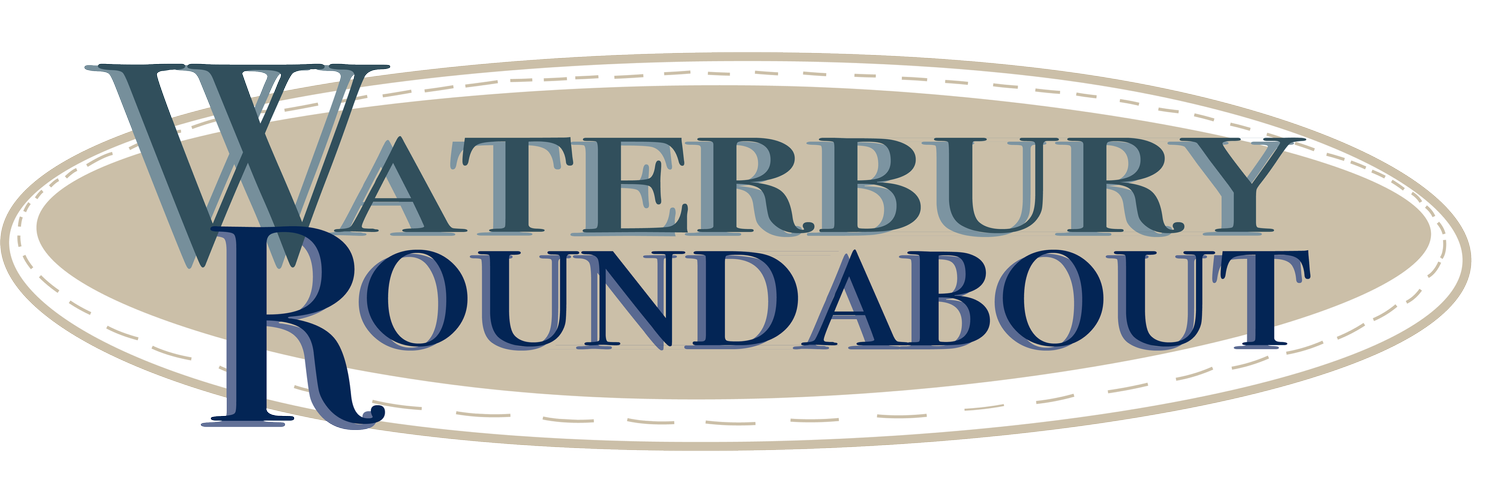Op-Ed: Education “solutions” are failing our kids
February 22, 2025 | By Ryan HeratyAt a recent legislative breakfast, a longtime Vermonter stood with the microphone and said to lawmakers, “As I listen to all the troubles we’re having, it appears that one thing is certain… Acts are not good.”
There was a chuckle throughout the crowd but everyone seemed to agree. We have repeatedly been asked to disrupt our systems and experiment with new “solutions” but poor modeling and special interests frequently overtake good intentions. The governor’s most recent education proposal reflects these same concerns.
The plan promises higher teacher salaries, improved test scores, enhanced education quality, and reduced property taxes. It includes the familiar buzzwords: transparency, equity, and sustainability. However, similar to the 5% tax cap promised in Act 127, the math just doesn’t add up.
Here is what we know about the governor’s new plan:
Personnel costs represent 70-80% of most school budgets. This plan's $180 million savings can only be achieved by firing hundreds of teachers, closing schools, and slashing student services.
The Winooski Valley District would represent 47 towns! A board of five will decide which positions are cut, which schools are closed, and which towns receive the most resources. History tells us that politics, not what is best for students, will drive these decisions. Creating mega-districts will only reduce transparency.
The school choice lottery will send more tax dollars to private schools, which are not required to share financial or academic data, provide transportation, or educate all students. Carson v. Makin made it clear you cannot give preference to one private school over another. Therefore, the administration’s claim that the new districts can select how many private schools they will allow is disingenuous.
If we are getting serious about education reform, we should start with data.
A detailed report should be issued for every district in the state. Taxpayers should be able to review and compare spending, academic performance, average class size, graduation rates, SAT scores, chronic absenteeism, and parent satisfaction metrics across schools.
Before making policy decisions, we should know which schools provide a strong return on investment and which schools need additional support. Taking action without this information is reckless.
Our new funding system should involve a foundation formula, but one designed for a state that values community and local control. Each current district should be assigned a base amount determined by research and non-partisan professional judgment panels. A single statewide tax will fund these foundation budgets and districts can make individual decisions to increase their local budgets if desired. Taxpayers will be reconnected with their spending and the excess spending threshold (if set correctly) will prevent certain districts from outspending their neighbors. Revenue from the threshold can be directed to school construction incentives, encouraging more consolidation.
The foundation should increase on a predictable basis using the Consumer Price Index or another tool. This will limit any tax spikes and prevent future underfunding. Independent schools can operate as-is, but tuition to other states and countries should stop. There is no justification for Vermonters to send their hard-earned dollars to a school in Thailand. And yes, that is happening.
These changes reflect many of the principles built into the original Act 60, which was shown to increase test scores and improve equity. It valued local control and prioritized student learning.
It’s time to get back to basics.
Ryan Heraty is the superintendent of Lamoille South Supervisory Union.
